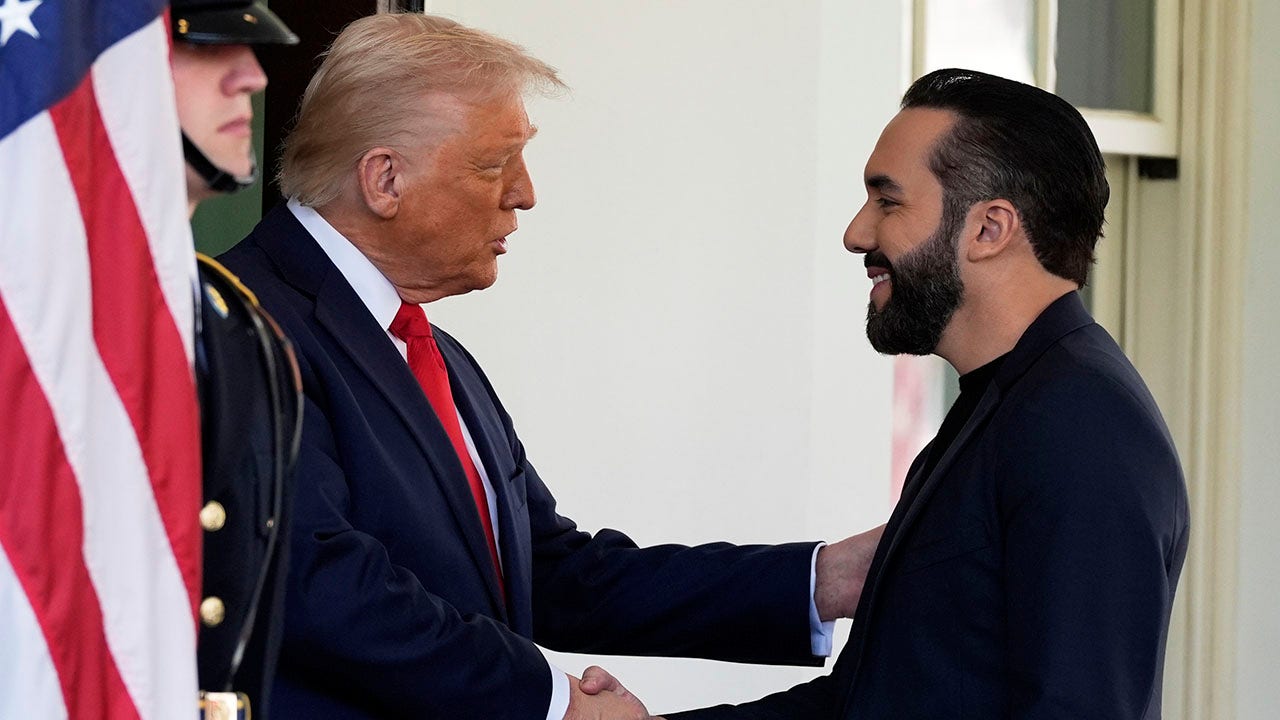China-Pakistan FC-31 Gyrfalcon jets deal reflects their ‘joint strategy and synergy to neutralise the threat emanating from India’, analysts say. It’s likely to add pressure on India to acquire US F-35 aircraft, to avoid losing tactical air superiority along its borders
by Tom Hussain
Pakistan’s bid to buy stealth warplanes from China may force India to speed up the modernisation of its air force by acquiring American F-35 aircraft to avoid losing tactical air superiority along its borders, analysts said.
Pakistan Air Force (PAF) chief of staff Air Chief Marshal Zaheer Ahmed Baber on January 2 said “the foundation” had been laid for its acquisition of the Chinese fifth-generation FC-31 Gyrfalcon stealth fighter aircraft in “the near future”.
He did not specify how many Chinese jets PAF was buying and when, but some observers have speculated that up to 36 aircraft could be delivered by the end of the decade.
Mustafa Hyder, executive director of the Pakistan-China Institute in Islamabad, said Pakistan’s planned acquisition of the FC-31 Gyrfalcon showed its “increasing military and defence cooperation” with China in South Asia against “common adversary India”. It is also reflective of their “joint strategy and synergy to neutralise the threat emanating from India”, he added.
The deal would further put pressure on India to move towards the acquisition of the F-35s, even as it accelerates its Advanced Medium Combat Aircraft programme to develop and deploy a stealth combat aircraft by 2032, said Harsh V. Pant, a professor of international relations at the India Institute of King’s College London.
The FC-31 Gyrfalcon is also referred to as J-31 or J-35, because it has not yet been given an official designation by Beijing, reflecting the lack of official orders for the warplane.
Prototypes of the Gyrfalcon are still being developed by the Shenyang Aircraft Corporation, but it is widely expected to be inducted by the Chinese navy within the next five years under the J-35 moniker, for deployment on its growing fleet of aircraft carriers.
Air chief Baber referred to it as the “J-31”, likely indicating the designation of the plane’s land-based variant, which China has actively marketed to foreign governments that do not have access to advanced Western military technology for political reasons.
China has decided not to market its in-service fifth-generation J-20 “Mighty Dragon” warplane for sale overseas.
India has fought several conflicts with both China and Pakistan since the 1960s over their more than 6,800km of disputed borders.
All three countries possess formidable nuclear arsenals, potentially making South Asia the ground zero of a future world war.
Pakistan’s fielding of a fifth-generation stealth fighter, with no equivalent in the present Indian Air Force (IAF), would give it “a certain tactical advantage, most prominently in air-to-air combat”, said Frank O’Donnell, senior research adviser of the Asia-Pacific Leadership Network for Nuclear Non-Proliferation and Disarmament, a think tank based in Seoul.
Pakistan’s close military relationship with China means it can “acquire and induct advanced aircraft at a far quicker rate than India’s more cumbersome bureaucratic process”.
To keep pace with its unfriendly neighbours, O’Donnell said India needed to overcome long-standing challenges facing its declining squadron strength and repeated delays to the acquisition of both foreign and domestic warplanes.
Despite receiving 36 Rafale 4.5-generation warplanes from France’s Dassault Aviation over the past two years, the IAF’s modernisation had “not kept pace with the ageing out of its existing fleet, to the extent that it is now at around” 30 to 32 squadrons against an intended squadron strength of 42, said O’Donnell, who is also a non-resident fellow of the South Asia programme at the Stimson Centre, a Washington think tank.
India is expected to soon announce the acquisition of 26 more Rafale planes for deployment on its aircraft carrier.
“Progress on this front would require an Indian political commitment” to streamline its defence acquisition process and remove bureaucratic roadblocks that “has not been sufficiently evident to date”, O’Donnell said.
This shortfall in the number of Indian warplanes considered necessary to counter the dual threats posed by China and its close ally Pakistan is equivalent to about 200 aircraft, a gap that the IAF has said may only be halved by the mid-2030s.
Pakistan responded to India’s Rafale acquisitions by ordering 25 Chengdu J-10C “Vigorous Dragon” in 2022, the final batch of which were formally inducted at the January 2 ceremony addressed by PAF chief Baber.
While Pakistan’s primary motivation for acquiring advanced Chinese warplanes is defence against India’s much bigger military, analysts say China sees it as an opportunity to counter India’s growing political and defence partnerships with the United States, notably under the Quadrilateral Security Dialogue that also includes Japan and Australia.
“India has been given financial and military support to be propped up as a counterweight to China in Asia, since it departed from its traditional non-aligned foreign policy,” Pakistan-China Institute’s Hyder said.
“We see that this axis of China and Pakistan to defend their security interests and sovereignty, and resist Indian hegemony, is becoming increasingly more tangible and effective.”
India, however, does not appear overly alarmed by Pakistan’s forthcoming acquisition of Chinese stealth warplanes – because the FC-31 is still a work in progress.
“It is important to remember that the FC-31 is still in the developmental stage,” said Pant of King’s College London. “It is lagging behind, and this [deal] might be more help to China than to Pakistan in the long term.”
Pakistan had no option other than to seek advanced Chinese fighter aircraft as a replacement for its ageing fleet of 75 American F-16 combat aircraft because it “realises that its long-term relationship with the US is a challenge”, said Pant, who also heads the strategic studies programme of the Observer Research Foundation, a New Delhi-based think tank.
O’Donnell said Washington was likely to be “largely unsurprised” by Pakistan’s planned acquisition of the J-31, as it follows “large-scale Pakistani inductions” of Chinese military hardware.
Pakistan and China have so far jointly produced some 150 JF-17 “Thunder” lightweight fighters for the PAF to replace its elderly French Mirage aircraft. The latest MK-III version of the JF-17 has 4.5-generation capabilities.
Pakistan has also bought Chinese Type-054 guided-missile frigates and Type-041 diesel-electric submarines – with the latter “widely expected to form part of Pakistan’s future naval nuclear force”, O’Donnell said.
The US “will view this J-31 deal – if it fructifies – as another indicator of the strengthening and long-term nature” of the China-Pakistan military relationship, he added.




















Discussion about this post